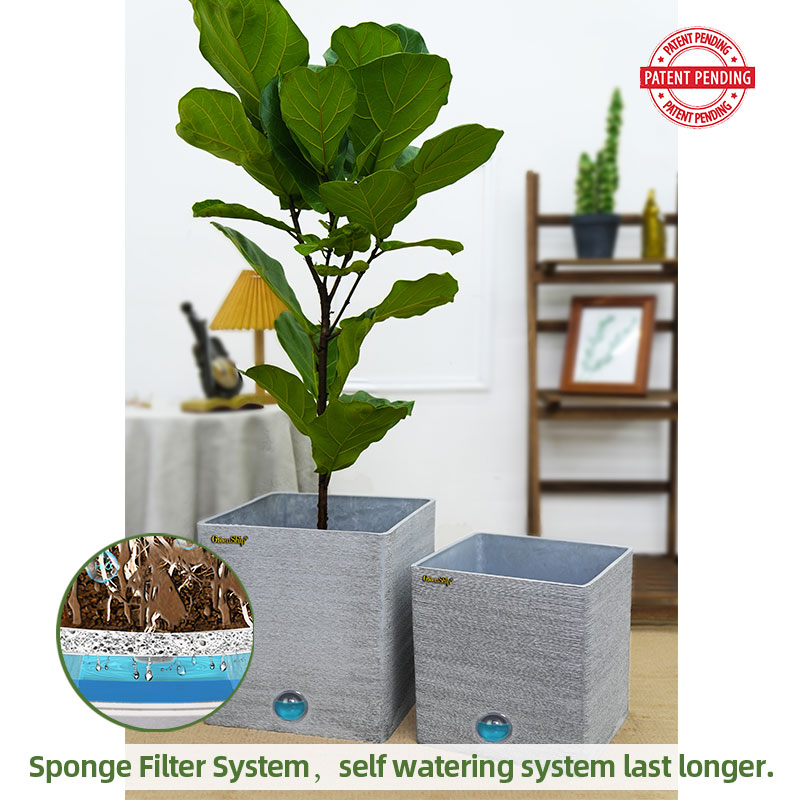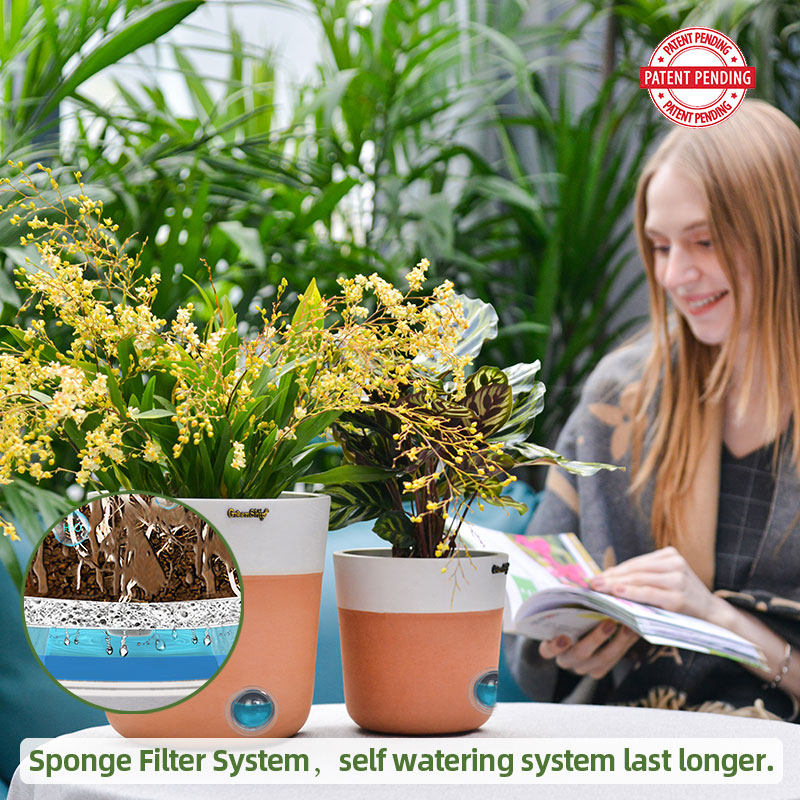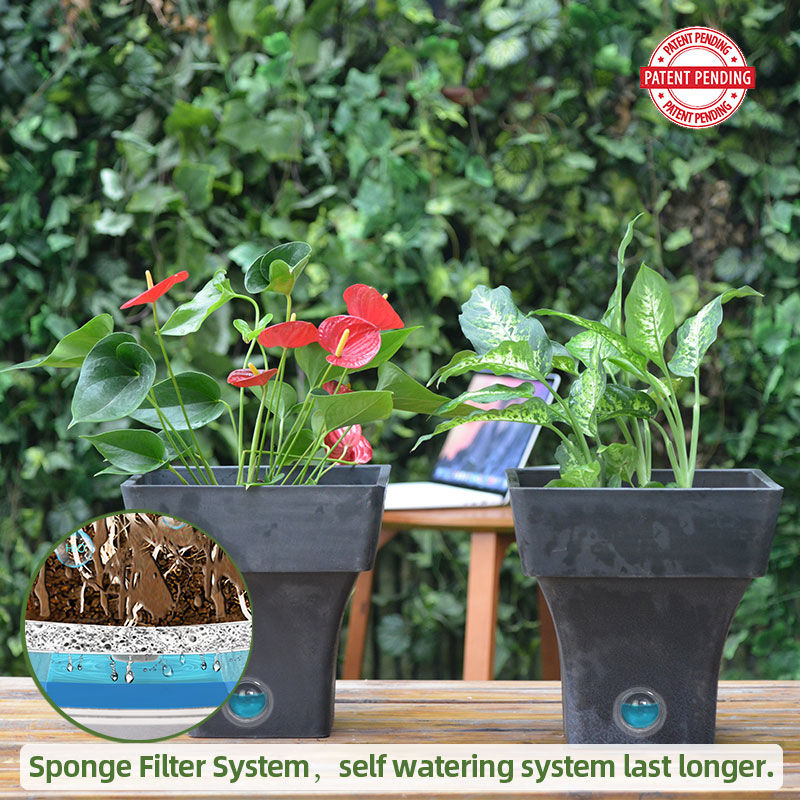Are Bigger Pots Better for Plants?
Not necessarily! While it might seem logical that bigger pots are always better, it’s more nuanced than that. Here’s a breakdown of why and when bigger pots are and aren’t beneficial:
When Bigger Pots Are Better:
- Mature Size of the Plant: A plant’s mature size is a primary factor. A small seedling in a huge pot is likely to have problems. However, as a plant grows and its root system expands, it will eventually need a larger pot to accommodate its growth. A pot that’s too small will restrict root growth, leading to a stunted plant.
- Plant Type: Some plants, particularly larger, more vigorous growers, naturally need more space for their roots to spread. Trees, shrubs, and some large flowering plants will eventually require substantial pots.
- Long-Term Growth: If you intend for a plant to stay in the same pot for an extended period (e.g., several years), a slightly larger pot than immediately necessary can provide room for growth and reduce the frequency of repotting.
When Bigger Pots Are Not Better (and can be harmful):
- Overwatering: This is the biggest risk. A small plant in a large pot has a lot of soil around its roots. This soil holds moisture, and if the plant isn’t using that water quickly enough, the roots can sit in soggy soil, leading to root rot. Overwatering is the number one killer of houseplants.
- Nutrient Issues: Similar to waterlogging, a large volume of soil can lead to nutrient imbalances. It can be harder to manage fertilizer in a large pot, and the plant might not be able to effectively absorb nutrients from such a large area.
- Slow Growth (Initially): A very small plant in a very large pot may not put much energy into top growth initially. It may focus on establishing its root system in the large volume of soil before you see much growth above the soil.
- Aesthetics: A tiny plant in a huge pot can look out of proportion and visually unappealing.
- Practicality: Large pots are heavy and difficult to move.

The Ideal Pot Size:
The best pot size is one that’s just slightly larger than the plant’s current root ball. A good rule of thumb is to choose a pot that’s about 1-2 inches (2.5-5 cm) larger in diameter than the current pot. As the plant grows, you can gradually increase the pot size as needed.
Repotting Signs:
Here are some signs that your plant might need a larger pot:
- Roots circling the bottom of the pot or coming out of drainage holes.
- Water runs right through the pot and the soil dries out very quickly.
- The plant looks top-heavy and unstable.
- Growth has slowed down significantly.

In short, bigger isn’t always better when it comes to pots. Choosing the right pot size based on the plant’s needs is key to healthy growth.
GK-15UF
By greenship|2024-03-26T01:20:17+00:00March 25, 2024|Categories: Healthy Root Self-Watering System|
22A
By greenship|2024-03-26T01:20:28+00:00March 25, 2024|Categories: Healthy Root Self-Watering System|
M-10FA30
By greenship|2024-03-26T01:19:37+00:00March 25, 2024|Categories: Healthy Root Self-Watering System|



